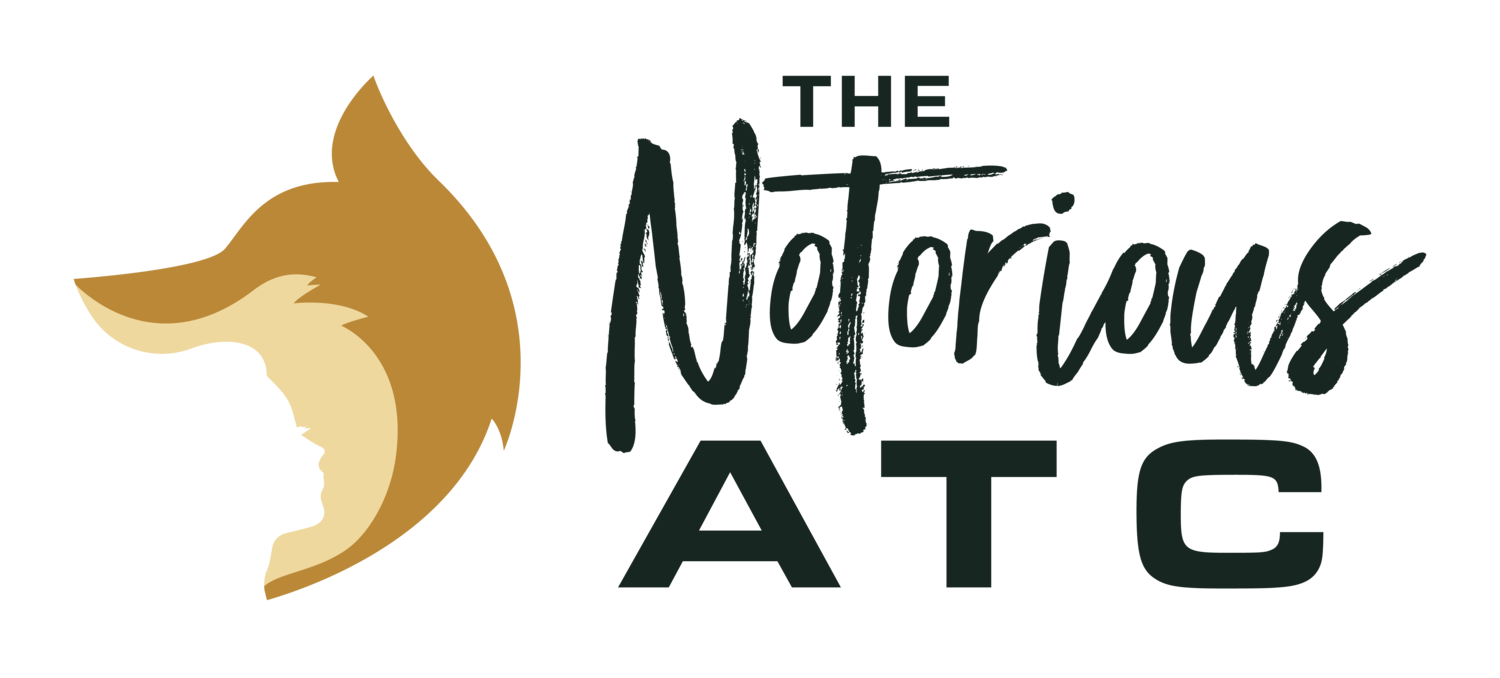Handle pressure Like The Pros
athletes often face high stakes situations that involve a lot of pressure.
Next time you’re in a high pressure situations, use these strategies to perform like the pros!.
Kobe Bryant had a really meaningful view on pressure that I like to share with my athletes. He said that pressure doesn’t actually exist, rather, that it is self-inflicted by our imagination. His take was, “If you talk yourself into, ‘Oh, this is a big moment, this is a big shot,’ you’re putting a lot of pressure on yourself. You shot that shot hundreds and thousands of times. Just shoot another one.” Of course, to most people, nothing feels that simple in the moment that they are experiencing it. But I believe the lesson here is to separate the skill from the situation.
To build on that framing, I also like to think about preparation as the antidote to pressure. One of the biggest mistakes we can make in coaching — and in rehab — is to not fully prepare our athletes for the game day experience. The preparation needs to not only include the physical load, but also the mental and emotional load. By fully preparing them for game situations — including stressors, distractions, overtime, etc. — we are setting them up for success.
Another important strategy is to learn emotional regulation techniques. Yes, these can be breathwork and meditation techniques, which I know we’ll talk about later. But they also can be strategies that we see constantly in sports but don’t acknowledge as much — a strategic timeout doesn’t just allow a coach to call a particular play, it serves as a pause for the team to regroup and refocus. The half-time locker room speech in almost every great sports movie pumps up the audience — and the real thing does the same for the athletes heading back out to face their opponents in the second half. I love sharing these examples with athletes because it helps them realize that emotional regulation techniques aren’t something out of reach that they need to learn — they are already engaging with them regularly. This significantly lowers the barrier to entry when it comes to teaching new techniques that they can perform as a team or independently. They learn that they don’t need to rely on a coach to initiate — the coach in their head can implement these strategies whenever they need them.


